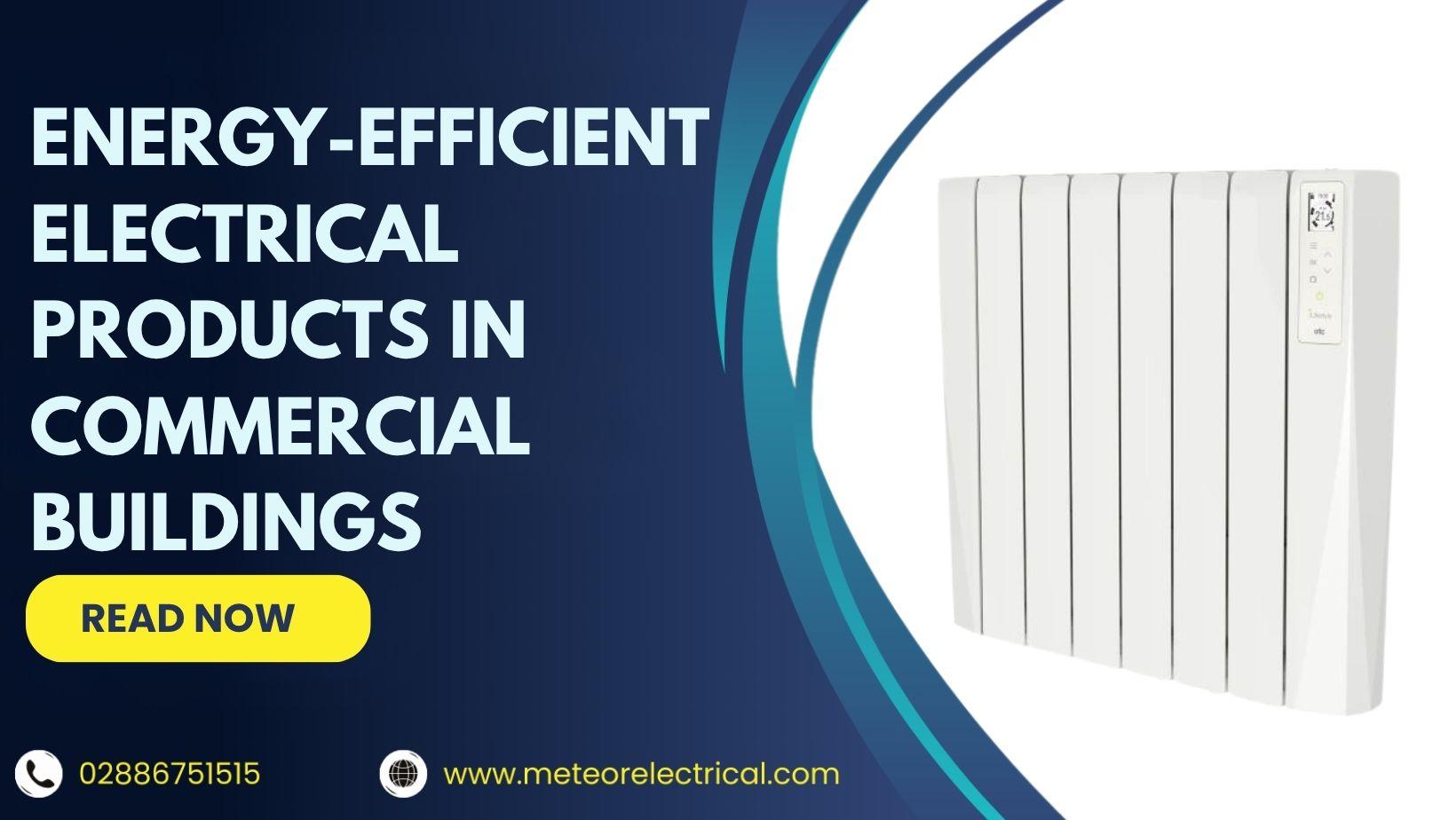The Benefits of Using Energy-Efficient Electrical Products in Commercial Buildings
The Benefits of Using Energy-Efficient Electrical Products in Commercial Buildings
Streamlining your property can do wonders for commercial building owners and facility managers alike. Just as you fine-tune operations for efficiency, your electrical systems and components deserve the same attention.
Energy-efficient electrical supplies reduce waste, improve performance, and significantly lower your building’s environmental impact. In a climate where energy prices and sustainability pressures are rising, this isn’t just a smart move, it’s essential.
In this guide, we’ll explore the top benefits of using energy-efficient electrical products in commercial buildings and how you can start making impactful upgrades with the help of Meteor Electrical.
What Is Energy Efficiency and Why Is It Important?
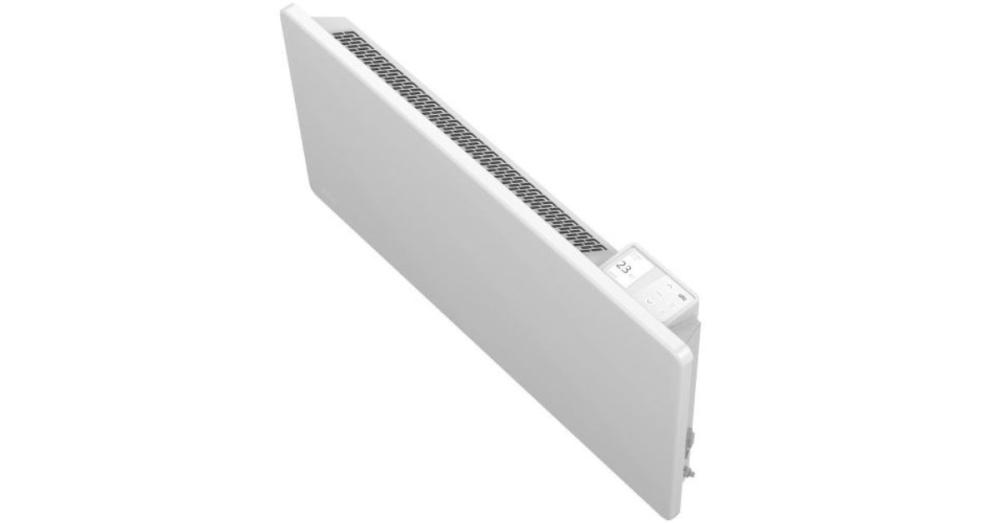
Energy efficiency means using less energy to achieve the same—or even better—results. This applies to everything from lighting and heating to automation systems and industrial equipment.
For example, an energy-efficient building uses advanced insulation, LED lighting, smart power distribution systems, and low-consumption HVAC units to optimise resource usage and minimise waste.
According to the International Energy Agency (IEA), energy efficiency alone can deliver over 40% of the emission reductions needed by 2040. For businesses, this means not only cutting emissions but unlocking significant savings.
It’s a strategy that offers a triple benefit: operational savings, improved comfort, and future-proofed compliance.
What Are the Benefits of Energy Efficiency in Commercial Buildings?
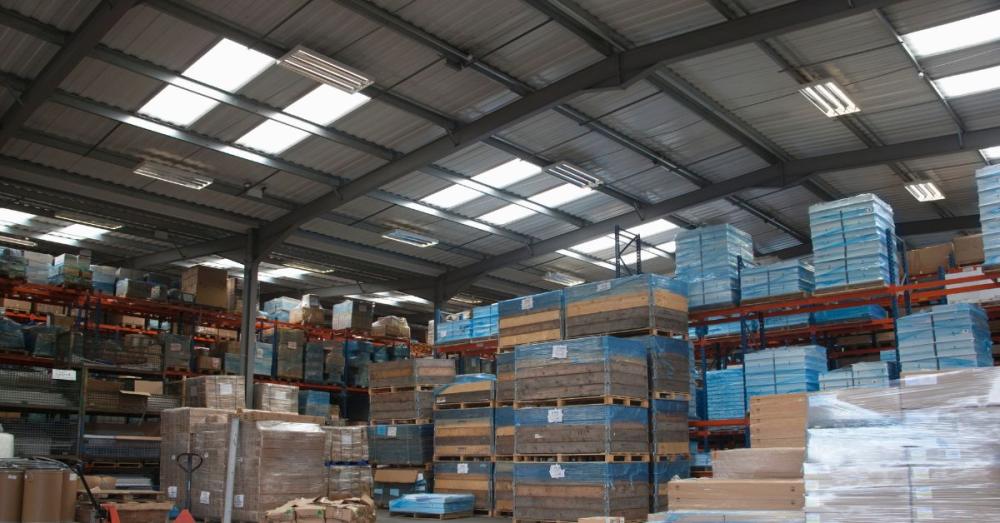
Cost-Effectiveness
One of the most tangible benefits of switching to low-energy commercial electrical products is reduced energy bills. Whether it’s LED lighting, motion-sensor controls, or programmable thermostats, these upgrades can pay for themselves in a few short years.
Efficient products also last longer, reducing costs associated with maintenance and replacements. For large buildings or warehouses, that could mean thousands in annual savings.
Better Work Environments
Energy-efficient buildings create healthier and more pleasant environments. Bright, glare-free lighting, temperature consistency, and improved air quality boost productivity and job satisfaction.
Furthermore, your commitment to sustainability can enhance your company’s brand reputation, an increasingly important factor for both customers and employees.
Reduced Load on the Grid
Commercial buildings are responsible for a major share of national energy demand. By reducing your building’s draw on the grid, you’re helping prevent brownouts, reduce greenhouse gas emissions, and support a more stable energy infrastructure.
This becomes especially important during peak usage times, when demand charges can dramatically increase your utility bill.
Source- Grundfos
Smart Energy Monitoring & Automation

Modern energy efficiency isn’t just about efficient devices, it’s about intelligent control.
Building Energy Management Systems (BEMS)
A BEMS lets you monitor, automate, and optimise energy use across your facility. It connects HVAC, lighting, power, and security systems, giving you full control over when and how they operate.
Pairing this with IoT-enabled energy-efficient devices allows you to create advanced rulesets: for example, dimming lights when sunlight increases or lowering heating in unused zones.
Smart Meters & Sensors
These tools offer real-time data on your energy use. That means you can immediately detect and correct inefficient behaviours, such as lights being left on after hours or equipment running unnecessarily.
For warehouse or logistics facilities, sensors can automatically adjust lighting and temperature based on occupancy, time of day, or usage patterns.
What Is Energy-Efficient Lighting?
Lighting accounts for a significant portion of energy usage in commercial spaces. But with smart upgrades, you can drastically cut consumption.
Key Energy-Saving Lighting Solutions:
- LED lights: The gold standard in efficiency. They last up to 50,000 hours and use 80–90% less energy than incandescent bulbs.
- Motion and daylight sensors: Automatically adjust lighting based on movement or natural light levels.
- Zoned lighting: Divide your building into control zones so lighting is only used where and when needed.
- Smart lighting systems: These integrate with your BEMS or smart hub, offering full remote control and automation.
By switching to LED commercial lighting, you also reduce air-conditioning costs, as LEDs produce far less heat than older bulbs.
Phasing Out Inefficient Lighting
In 2023, the UK government officially banned the sale of halogen and fluorescent lighting, following earlier restrictions on incandescent bulbs. This aligns with commitments to meet carbon neutrality targets by 2050.
According to GOV.UK, the switch to LEDs is expected to cut 1.26 million tonnes of CO2 emissions annually.
So, beyond energy savings, transitioning to LEDs is also a regulatory necessity—especially in commercial spaces.
What Are the Benefits of LED Lighting in Commercial Buildings?
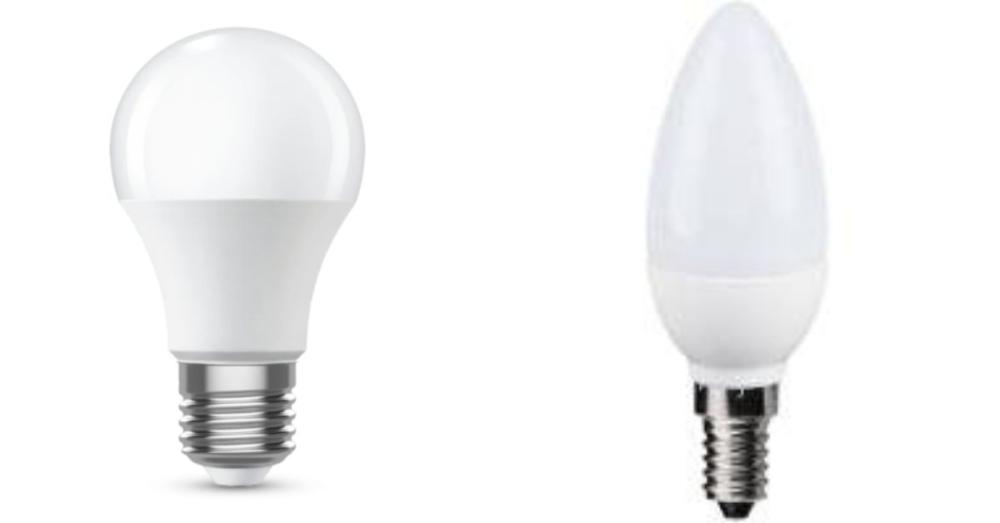
They Save Energy and Money
LEDs convert around 80%-90% of electricity into visible light, making them the most efficient solution available today. In large buildings, that could mean a 60–70% drop in lighting-related energy costs.
They Have a Longer Lifespan
Most LEDs run for 50,000 hours or more, equating to over 10 years of typical commercial use. That means fewer disruptions, lower replacement costs, and better ROI.
They Don’t Emit Heat
Traditional bulbs convert energy into heat, adding strain to your cooling systems. LEDs avoid this, maintaining room temperatures and reducing HVAC load.
They Are Free of Hazardous Materials
Unlike CFLs or fluorescent tubes, LEDs contain no mercury or lead, making them safer for people and the planet.
They Support Smart Controls
LEDs can be dimmed, zoned, scheduled, and controlled via mobile apps or building control systems. This enables granular energy management and even greater savings.
What Is Energy-Efficient Radiant Heating?
When it comes to heating large spaces especially warehouses, showrooms, or high-ceilinged buildings, radiant systems are a game-changer.
How Radiant Heating Works
Instead of heating air, radiant systems warm people and surfaces directly using infrared radiation. The warmth is evenly distributed, with no need for ducts, fans, or vents.
This is ideal for open-plan areas where traditional HVAC systems would be inefficient.
Key Benefits:
- Lower operational costs compared to forced-air systems
- Silent operation and no airborne dust or allergens
- Flexible installation, overhead or underfloor
- Works excellently with smart thermostats for precise control
Source - Matt Risinger
Additional Ways to Save Energy in Commercial Buildings
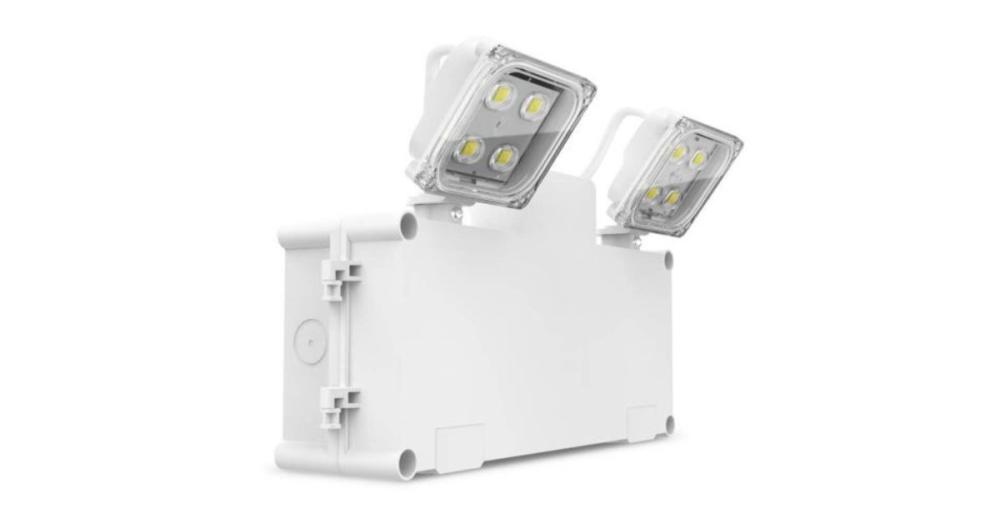
Conduct an Energy Audit
Professional energy audits can identify inefficiencies in lighting, HVAC, insulation, and building behaviour. You’ll get a full breakdown of how energy is being used and where it’s being wasted.
This allows for prioritised upgrades based on ROI and impact.
Weatherisation
Sealing gaps and improving insulation is a low-cost way to reduce heating and cooling costs. Areas to inspect include:
- Windows and doors
- Floor voids
- Pipe and cable entry points
- Roof spaces and wall cavities
Insulation upgrades pay off quickly, especially in older commercial buildings.
Install Smart Thermostats
Smart thermostats let you schedule, zone, and remotely manage your heating system. They can adapt based on occupancy, weather patterns, and your preferences, optimising both comfort and cost.
Final Takeaway: Upgrade Smart with Meteor Electrical
As the commercial energy landscape evolves, the pressure to reduce consumption, emissions, and costs is only increasing.
At Meteor Electrical, we help you stay ahead. We stock an extensive range of energy-efficient commercial electrical products including:
- LED commercial lighting
- Smart thermostats and controls
- Radiant heating systems
- Smart meters and monitoring tools
- Low-energy switches, sockets, and cabling
Our expert team is always available to help you design a tailored solution that improves efficiency without compromising performance.
Whether you’re managing a single warehouse or overseeing an entire office complex, we’re here to help you build smarter and greener, one upgrade at a time.
Discover the Meteor Electrical difference today. Visit our website or contact us for expert guidance on powering your commercial success.
FAQs
1. What are energy-efficient electrical products for commercial buildings?
Energy-efficient electrical products are devices that consume less power while delivering the same or better performance. Examples include LED commercial lighting, smart thermostats, radiant heating systems, and energy-monitoring devices. They help reduce electricity bills and improve sustainability in business environments.
2. How do energy-efficient products reduce electricity costs in commercial buildings?
These products are designed to minimise energy waste through advanced technologies such as low-wattage components, motion sensors, and programmable controls. Switching to low-energy commercial appliances like LEDs or smart HVAC systems can cut your electricity bills by up to 60%.
3. Why should businesses upgrade to LED commercial lighting?
LED commercial lighting lasts longer, consumes up to 90% less energy than incandescent bulbs, and emits less heat. It’s ideal for reducing operating costs, improving workplace lighting quality, and meeting UK government regulations phasing out inefficient bulbs.
4. Are energy-efficient heating systems better than traditional HVAC units?
Yes, especially in commercial settings. Radiant heating systems warm people and surfaces directly instead of air, resulting in more efficient heat distribution, faster response times, and reduced energy consumption compared to traditional HVAC systems.
5. What are the government regulations on commercial lighting efficiency in the UK?
As of 2023, the UK has banned halogen and fluorescent lighting, encouraging businesses to switch to energy-efficient LED lighting for commercial use. This is part of broader efforts to meet carbon neutrality goals under the Climate Change Act.
6. How can smart energy monitoring systems benefit commercial buildings?
Smart meters and building energy management systems (BEMS) track real-time energy use. They help identify inefficiencies, reduce peak demand, and automate lighting or heating schedules, making your building more responsive and cost-effective.
7. What’s the best way to improve energy efficiency in older commercial buildings?
Start with an energy audit to assess your current usage. Upgrades like LED retrofits, radiant heaters, weatherstripping, and installing smart thermostats can drastically improve efficiency without major renovations.
8. Where can I buy energy-efficient electrical products for my business?
You can purchase a wide range of energy-efficient commercial electrical products at Meteor Electrical. We offer expert support and high-quality products designed for performance, savings, and sustainability.

